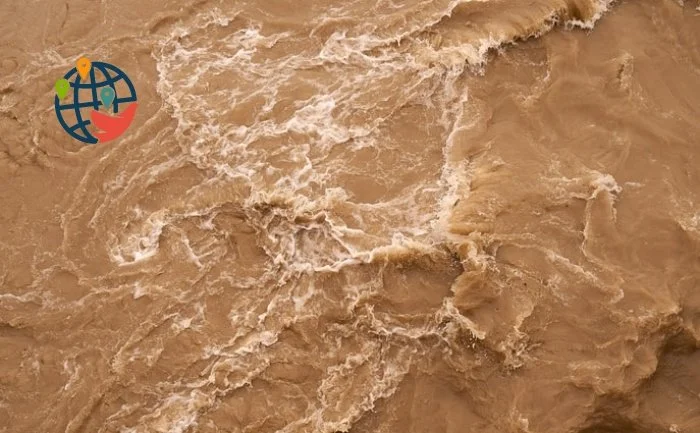Floods in B.C. will occur more often

A recent study by the Department of the Environment links this to global warming.
On November 14, 2021, heavy rains came to British Columbia. In two days, 252 millimeters of rain fell — with 344 millimeters for all of November. The Coldwater River rose 3.1 meters. One person was killed and two were missing. 17,775 people were urgently evacuated. The province is still recovering, despite being one of Canada's most prosperous and wealthy regions.
Climatologists believe British Columbia will flood twice as often — the likelihood of a plume of moisture, also called an atmospheric river, has risen by at least 60 percent since the 19th century. British Columbia is now protected by a system of levees, but it needs constant maintenance and is aimed more at protecting against two other types of flooding: spring flooding of the Fraser River and winter coastal flooding associated with storms.
It was in British Columbia that the largest flood in Canadian history occurred: according to some estimates, in 1894 the Fraser River flooded during the spring flood at a rate of 17,000 cubic meters per second. This river has a flow rate of 2,720 cubic meters per second.
In 1894 not many people lived in the province, but in the twentieth century floods caused enormous damage. In 1948 the Fraser River rose 7.6 meters, in 1972 it rose 7.1 meters, with a flow of 15,600 cubic meters per second. This is enough to flood about 200 square kilometers of inhabited areas in the river floodplain.
British Columbia invites many professionals and is in principle comfortable to live in, it is the warmest province in Canada. But it is worth bearing in mind that housing, if you are going to settle in this province, is better to insure against floods.

















